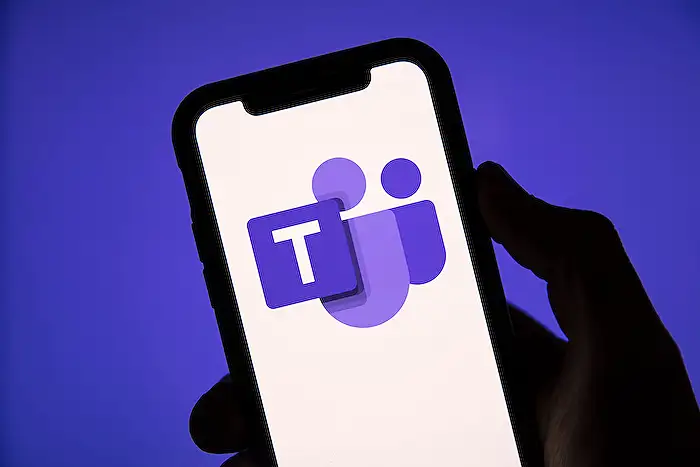Microsoft Teams Boosts Global Chats with Real-Time Translation
Microsoft Teams, Microsoft SharePoint, Microsoft 365, Azure, PowerPoint
Key insights
- Real-time bidirectional translation is now available in Microsoft Teams, allowing meeting participants to both speak and receive translations instantly in their preferred language during meetings.
- This new feature supports simultaneous two-way interpretation, making it easier for hosts, interpreters, and attendees to communicate naturally without language barriers.
- Integrated interpretation flow means users can access translation options directly within the Teams meeting controls, removing the need for extra software or devices.
- The update improves meeting productivity by reducing misunderstandings and delays caused by language differences, helping teams make decisions faster.
- Accessibility for multilingual scenarios: The feature benefits international businesses, global events, and diverse classrooms by enabling effective communication across multiple languages.
- This upgrade builds on previous features like live captions and text translation, but adds real-time audio interpretation, making conversations more dynamic and inclusive for all participants.
Microsoft Teams Unveils Real-Time Bidirectional Translation
Microsoft has rolled out a major new feature in Microsoft Teams: real-time bidirectional translation for language interpretation during meetings. This development represents a significant leap in bridging communication gaps for international teams, educational institutions, and event organizers. In a recent YouTube video, Giuliano De Luca [MVP] provides an in-depth look at how this feature works and its potential impact on multilingual collaboration.
According to De Luca, the new translation capability transforms Teams into a smarter, more inclusive platform by enabling seamless two-way interpretation. Users can now communicate more naturally across language barriers, making virtual meetings more productive and accessible than ever before.
Understanding Real-Time Bidirectional Translation
At its core, real-time bidirectional translation allows participants—whether hosts, interpreters, or attendees—to both speak and receive translations in their chosen language instantly. In contrast to earlier one-way translation solutions, this feature supports simultaneous interpretation in multiple directions. This means that conversations can flow naturally, with each participant engaging fully in their preferred language.
De Luca explains that this innovation is designed to address the complexities of multilingual meetings. By automatically translating spoken language in real time, Teams removes the need for separate sessions or cumbersome manual interpretation, thus streamlining the entire meeting experience.
Advantages and Tradeoffs for Multilingual Communication
The advantages of this approach are clear. Teams can now host truly inclusive meetings, accommodating participants from diverse linguistic backgrounds without extra hardware or third-party software. This not only enhances productivity—by reducing misunderstandings and minimizing delays—but also makes global collaboration more efficient.
However, De Luca notes that there are tradeoffs to consider. While real-time translation greatly improves accessibility, accuracy may still depend on the nuances of spoken language and the quality of the underlying AI. There is also the challenge of ensuring interpreters and attendees are comfortable with the new workflow, as adapting to integrated controls and switching languages on the fly may require some adjustment.
How the New Interpretation Flow Works
Prior to this update, Teams offered live captions and transcription, allowing users to view translated subtitles during meetings. It also provided inline text translation for chat messages, helping users quickly understand written content. The new bidirectional translation feature builds on these foundations by introducing real-time audio interpretation, which is crucial for dynamic, interactive discussions.
According to De Luca, the process is now more intuitive. The interpretation flow is embedded directly into the meeting controls, enabling users to select languages and channels with minimal effort. This integration reduces friction for both interpreters and attendees, leading to smoother transitions and more engaging conversations.
Broader Implications for Teams and Beyond
The bidirectional translation feature is not limited to business meetings. Its applicability extends to global events, international classrooms, and any scenario where multilingual communication is essential. By making these environments more accessible, Microsoft Teams is positioning itself as a leader in digital inclusivity.
Yet, as De Luca highlights, the success of such technology depends on continuous refinement. Balancing immediate translation speed with contextual accuracy remains a challenge, especially in high-stakes or highly technical conversations. Organizations will need to weigh these factors when deploying the feature at scale.
Conclusion: A Step Forward in Global Collaboration
In summary, Microsoft Teams’ real-time bidirectional translation marks a pivotal advancement for anyone engaged in cross-language communication. By breaking down language barriers within live meetings, the feature empowers organizations, educators, and event organizers to foster more productive and inclusive interactions.
While challenges remain, particularly around accuracy and user adaptation, the benefits for global teams are substantial. As Giuliano De Luca [MVP] demonstrates, this innovation could redefine how multilingual meetings are conducted, making Teams not just a collaboration tool, but a platform that genuinely connects people worldwide.

Keywords
Microsoft Teams real-time translation Microsoft Teams bidirectional translation Microsoft Teams language support Microsoft Teams AI features Microsoft collaboration tools multilingual meetings live translation in Teams cross-language communication in Microsoft Teams
